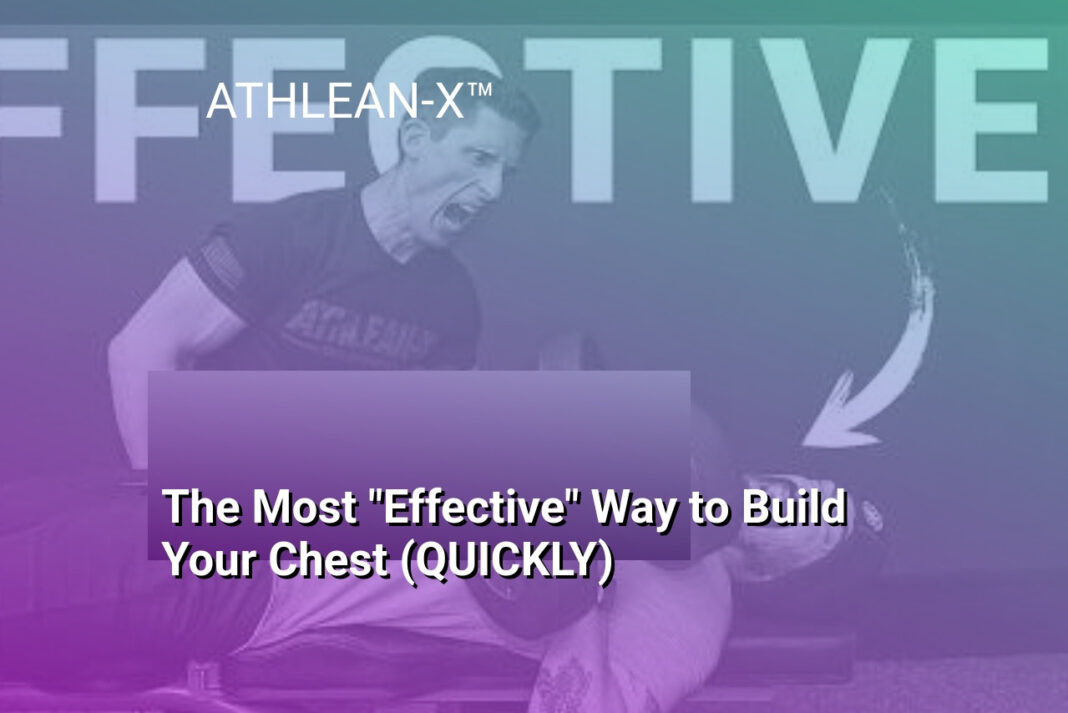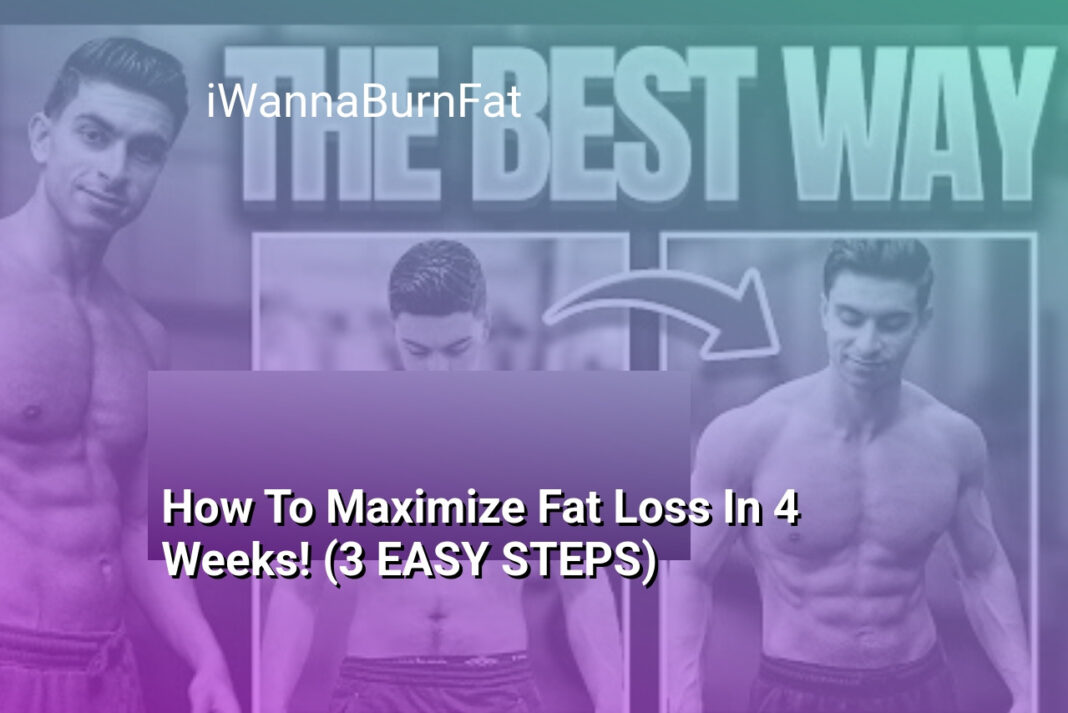The Bottom Line:
Here’s the summary in the requested format:
- I discovered that focusing on the last few challenging reps is crucial for muscle growth, shifting away from traditional training approaches that emphasize longer rest periods.
- By implementing shorter rest intervals of 15-30 seconds, I found that athletes can engage in more intense workout sessions and accumulate truly effective repetitions.
- The rest-pause technique allows me to continue working towards muscle development by targeting a total of 20 effective reps across multiple mini-sets, maximizing workout efficiency.
- I learned that weight management is key – if rep performance drops significantly, reducing weight helps maintain the quality and intensity of the exercise.
- Understanding that different fitness levels require unique approaches, I recognized that advanced lifters might need slightly longer rests while beginners can benefit from quicker transitions between sets.
Understanding the Effective Reps Concept
The Science Behind Muscle Stimulation
Muscle growth isn’t simply about completing repetitions, but strategically targeting the most impactful moments during resistance training. The effective reps concept recognizes that not all repetitions within a set contribute equally to muscle hypertrophy. Specifically, the final repetitions that approach muscular failure represent the most potent stimulus for muscle adaptation and growth. These critical reps push muscle fibers beyond their comfort zone, triggering metabolic stress and mechanical tension that drive significant physiological changes.
Identifying True Muscle Challenges
When performing resistance exercises, the initial repetitions often feel relatively comfortable. As fatigue accumulates, the last 3-5 reps become exponentially more challenging, representing what experts consider “effective reps”. During these final repetitions, muscle recruitment intensifies, motor units are maximally activated, and metabolic stress peaks. By intentionally focusing training strategies around these high-intensity moments, athletes can optimize muscle growth potential while minimizing unnecessary training volume.
Strategic Rep Range Manipulation
Implementing the effective reps strategy requires precise manipulation of training variables. This involves carefully selecting weights that allow reaching muscular failure within a specific rep range, typically between 6-12 repetitions for hypertrophy-focused training. Lifters must learn to distinguish between technical failure (when form breaks down) and absolute muscular failure (when no additional repetitions are possible). By maintaining strict form and pushing through the most challenging final repetitions, individuals can maximize muscle stimulation and growth potential while minimizing injury risk.
Optimizing Rest Periods for Maximum Muscle Engagement
Strategic Rest Interval Management
Understanding rest periods is crucial for maximizing muscle engagement and growth. Traditional weightlifting wisdom suggests lengthy rest intervals between sets, typically 2-3 minutes. However, the effective reps strategy challenges this conventional approach by recommending shorter, more strategic rest periods ranging from 15-30 seconds. These condensed intervals maintain muscular tension and metabolic stress, critical factors in stimulating hypertrophy.
Physiological Adaptation and Recovery Dynamics
Rest periods aren’t just about catching your breath; they’re about creating an optimal environment for muscle stimulation. Shorter rest intervals force muscles to work under increased metabolic stress, triggering enhanced protein synthesis and growth hormone release. By minimizing downtime between sets, athletes can maintain a higher overall workout intensity, ensuring each repetition contributes meaningfully to muscle development. Advanced lifters might require slightly longer recovery times due to their ability to generate higher effort levels, but the core principle remains consistent: minimize unnecessary rest.
Progressive Rest Period Manipulation
Implementing an intelligent rest-pause technique allows lifters to accumulate effective repetitions without extended downtime. When reaching momentary muscle failure, instead of taking extended breaks, athletes can strategically reduce weight or modify exercise technique to continue targeting muscle groups. This approach ensures continuous muscle engagement and prevents complete recovery, which can diminish the set’s overall effectiveness. By focusing on total effective repetitions rather than traditional set structures, individuals can optimize their training efficiency and promote more significant muscle growth.
Rest-Pause Method: A Game-Changing Training Technique
Unlocking Muscle Growth Through Strategic Rest Intervals
The rest-pause method represents a revolutionary approach to resistance training that challenges traditional workout paradigms. By strategically manipulating rest periods, athletes can dramatically enhance muscle hypertrophy and metabolic stress, ultimately driving superior muscle development. This technique involves performing an initial set to muscular failure, then taking brief rest intervals to extend the total working volume beyond conventional set structures.
Mechanics of the Rest-Pause Technique
When implementing the rest-pause method, lifters typically perform an initial set until muscular failure, then pause briefly (15-30 seconds) before resuming additional repetitions. The goal is to accumulate approximately 20 effective repetitions across multiple mini-sets, ensuring that each rep maintains high-intensity muscle engagement. By breaking down the total volume into shorter, more intense segments, athletes can push past traditional muscular limitations and stimulate greater muscle fiber recruitment.
Optimizing Weight Selection and Intensity
Successful rest-pause training requires careful weight selection and self-awareness. Advanced lifters might choose slightly heavier loads and manage shorter rest periods, while beginners should focus on maintaining proper form and gradually increasing intensity. If repetition counts drop significantly during subsequent mini-sets, reducing the weight ensures continued muscle stimulation and prevents technique breakdown. The primary objective remains generating maximum muscular tension through strategic, high-quality repetitions that target the most growth-responsive muscle fibers.
Weight Management and Workout Intensity
Balancing Body Weight and Training Load
Effectively managing body weight and training load is crucial for maximizing muscle growth and maintaining workout intensity. As muscles adapt to specific resistance levels, athletes must strategically adjust their weights to continue challenging their muscular systems. When rep counts begin to decline significantly, it becomes essential to reduce the weight to ensure continued muscle engagement and prevent plateauing.
Strategic Weight Reduction Techniques
Implementing intelligent weight reduction strategies allows lifters to maintain the quality of their workout while preventing potential injury or performance decline. By carefully monitoring rep performance and being willing to decrease weight when necessary, athletes can sustain the critical momentum of muscle development. This approach ensures that each set remains challenging and productive, targeting the muscle groups with optimal intensity.
Progressive Overload and Intensity Management
The relationship between weight management and workout intensity is complex and requires nuanced understanding. More advanced lifters might require slightly longer rest periods due to their capacity to generate higher effort levels, while beginners can benefit from quicker transitions between sets. The key is to maintain a consistent challenge for the muscles, focusing on those final repetitions that truly stimulate muscle growth and adaptation.
By carefully calibrating weight, rest periods, and overall workout intensity, athletes can create an environment that maximizes muscle hypertrophy. The goal is not just to lift weights, but to strategically stress the muscular system in a way that promotes continuous growth and development. This approach demands constant attention to performance metrics, willingness to adjust training parameters, and a deep understanding of individual physiological responses to resistance training.
Psychological Approach to High-Performance Muscle Training
Mental Strategies for Muscle Engagement
Achieving peak muscle performance requires more than physical strength; it demands a sophisticated psychological approach. Athletes must develop a deep mental connection with their muscles, focusing intensely on the quality of each repetition rather than merely completing mechanical movements. This mindset shift transforms training from a routine exercise into a deliberate, targeted muscle-building strategy.
Cognitive Techniques for Muscle Activation
The mind-muscle connection plays a crucial role in maximizing muscle growth potential. By consciously directing attention to specific muscle groups during each repetition, athletes can enhance neuromuscular recruitment and improve overall muscle fiber engagement. This approach involves visualization techniques where individuals mentally picture the targeted muscle contracting and expanding, creating a more intentional and precise workout experience.
Overcoming Psychological Barriers in Training
High-performance muscle training involves confronting and systematically breaking through mental limitations. Athletes must develop resilience and mental fortitude to push through the discomfort of those final, most challenging repetitions. This involves creating internal dialogue that reframes pain and fatigue as indicators of growth rather than signals to stop. Developing a growth-oriented mindset allows individuals to view each challenging moment as an opportunity for muscular adaptation and personal development.
By integrating psychological strategies with physical training techniques, athletes can unlock higher levels of muscle performance. The key lies in maintaining unwavering focus, understanding the intricate connection between mental perception and physical execution, and consistently challenging internal limitations. This holistic approach transforms muscle training from a purely physical endeavor into a comprehensive mind-body optimization process.





